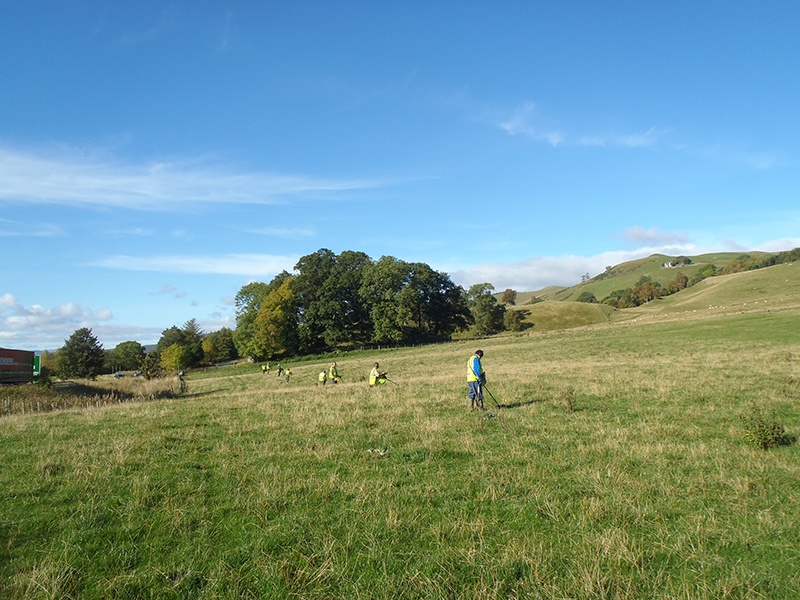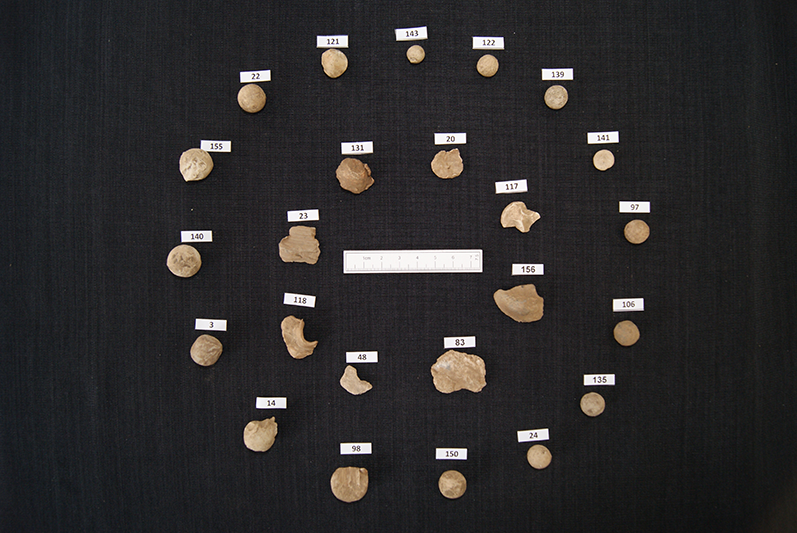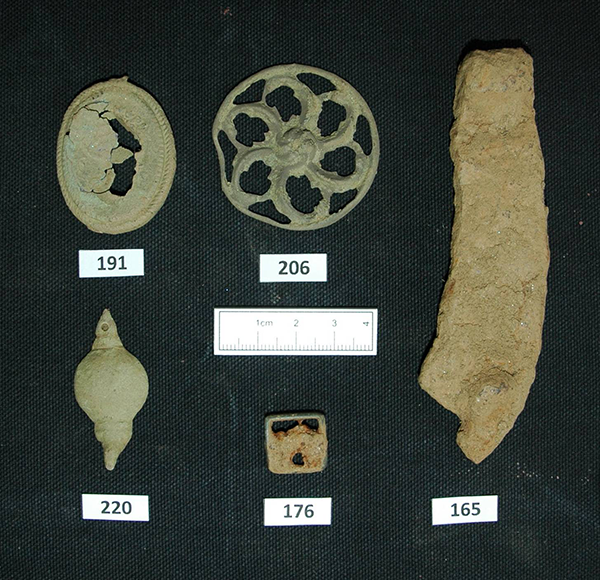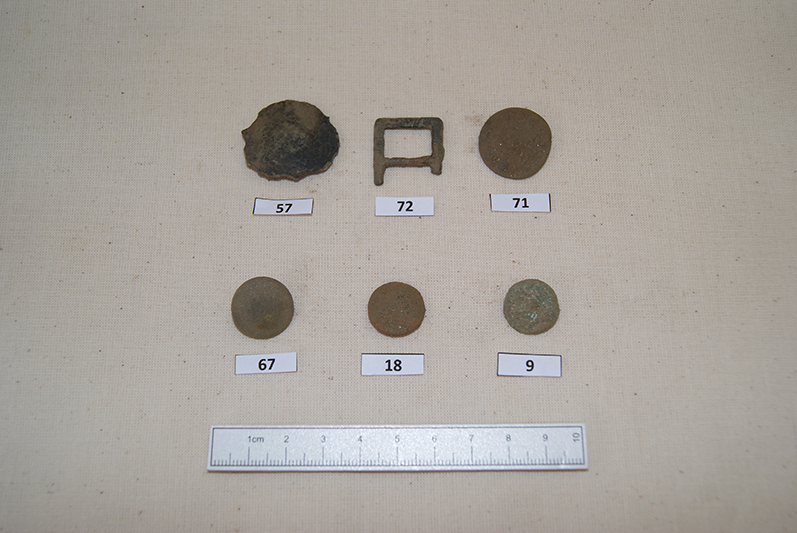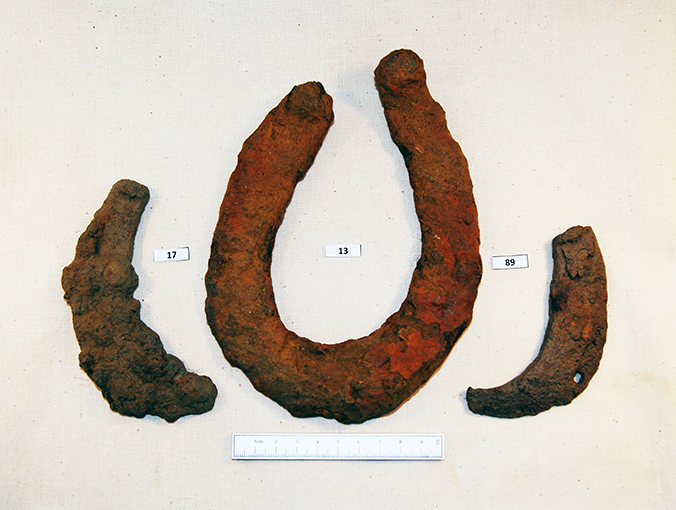A recent metal detecting survey of the Killiecrankie Battlefield, one of the best preserved battlefields in Scotland, has revealed exciting new evidence for the location of the fighting which saw a Jacobite army of Highlanders defeat a government army over three hundred years ago.
The survey carried out by a team from GUARD Archaeology and metal detecting volunteers from Detecting Scotland and Scottish Artefact Recovery Group (SARG) was carried out in August and October 2015 over the iconic battlefield site which is located to the south of Blair Atholl in Perthshire.
'The Battle of Killiecrankie was the opening battle of the first Jacobite Rising in Scotland and took place on the 27th July 1689 between the government army of William of Orange and Jacobite forces led by John Graham of Claverhouse, 1st Viscount Dundee, better known as Bonnie Dundee,' said GUARD Archaeology Project Officer Maureen Kilpatrick, who led the survey. 'During the battle Bonnie Dundee was fatally wounded although his army won the day. The rout of Government troops which followed is particularly remembered due to one Government soldier making the ‘soldiers leap’ across the River Garry.'
Significant finds recovered include musket and pistol balls with many showing signs of use, several copper alloy buttons, buckles, horseshoes, a copper alloy harness boss and part of the support for a sword belt. The location of these finds has revealed the widespread nature of the battle and highlighted areas of intense fighting.
The work carried out in collaboration with experts from the Centre for Battlefield Archaeology at the University of Glasgow was undertaken for Jacobs UK Limited on behalf of Transport Scotland as part of the cultural heritage assessment for the A9 upgrade works.
Warren Bailie, Project Manager at GUARD Archaeology Limited who carried out the metal detecting survey said:
'The recent metal detecting survey on the Killiecrankie Battlefield, one of the best preserved battlefields in Scotland, has revealed exciting new evidence to back up the earlier findings of archaeological work carried out in 2003 as part of the well-known TV programme 'Two men in a Trench'. GUARD Archaeology Limited along with our partners involved in the survey, especially the numerous metal-detecting volunteers who took part, have enjoyed working on such an iconic, nationally significant battlefield site and playing a part in helping improve our understanding of this important event in Scotland’s past.'
